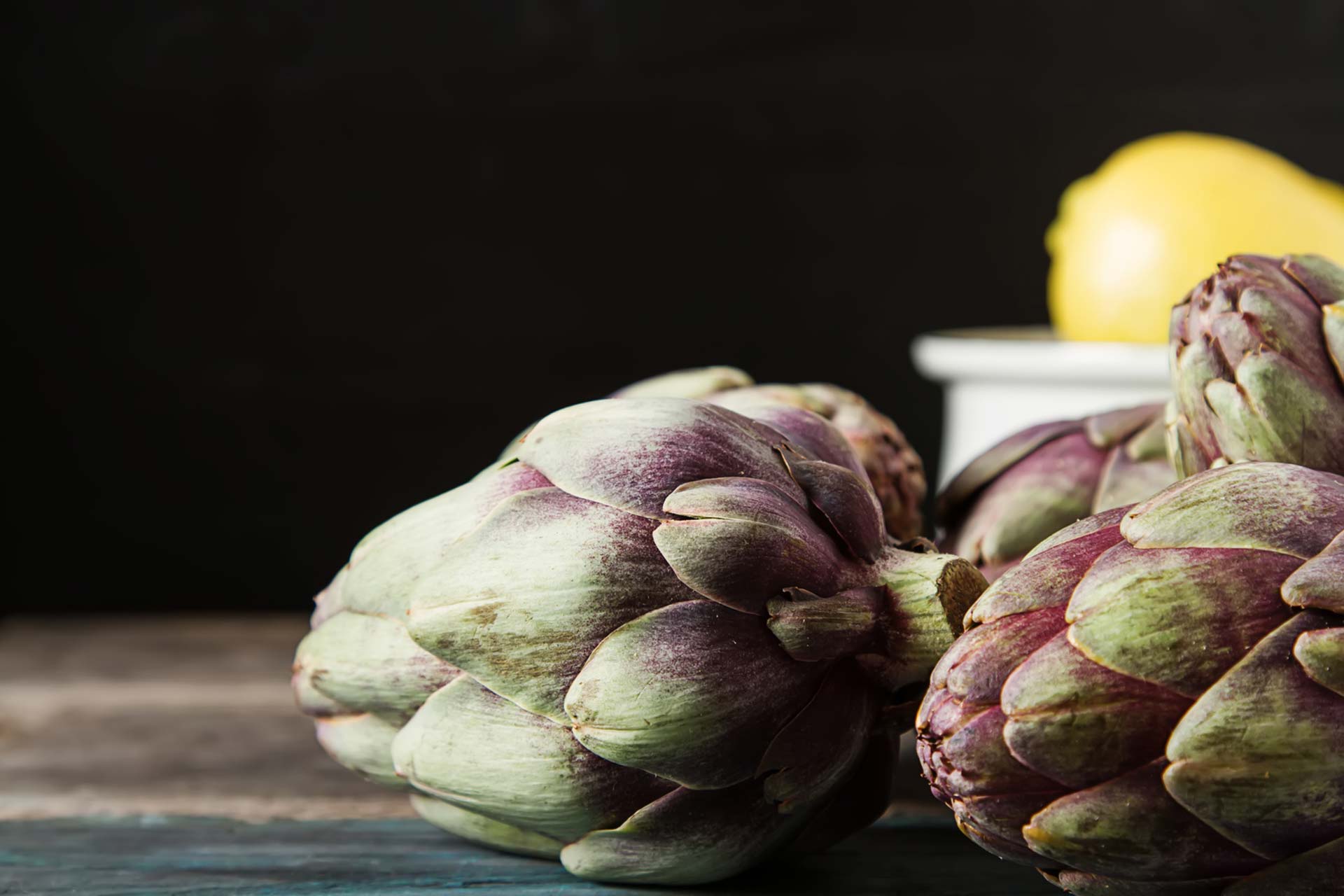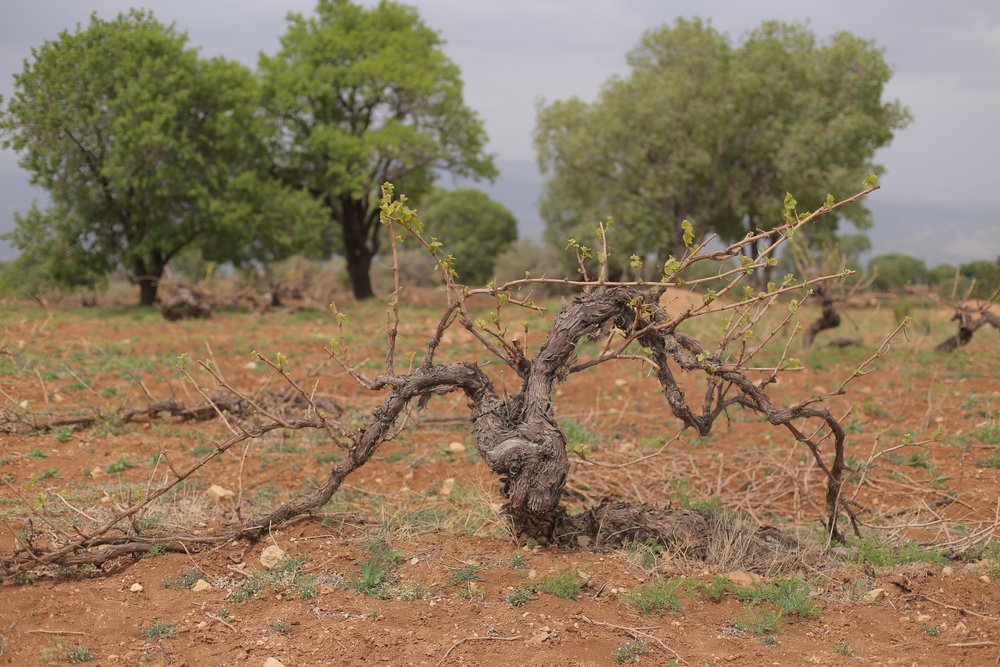Among the thousands of grape varieties that flourish in Italy, Sangiovese holds a special place. It is not just a grape but a cultural symbol, reflecting the rolling Tuscan hills and the Italian soul.
Its origins go back to antiquity: the earliest mentions of this variety appear in Roman chronicles. Today, Sangiovese is the backbone of such renowned wines as Chianti Classico, Brunello di Montalcino, and Vino Nobile di Montepulciano.
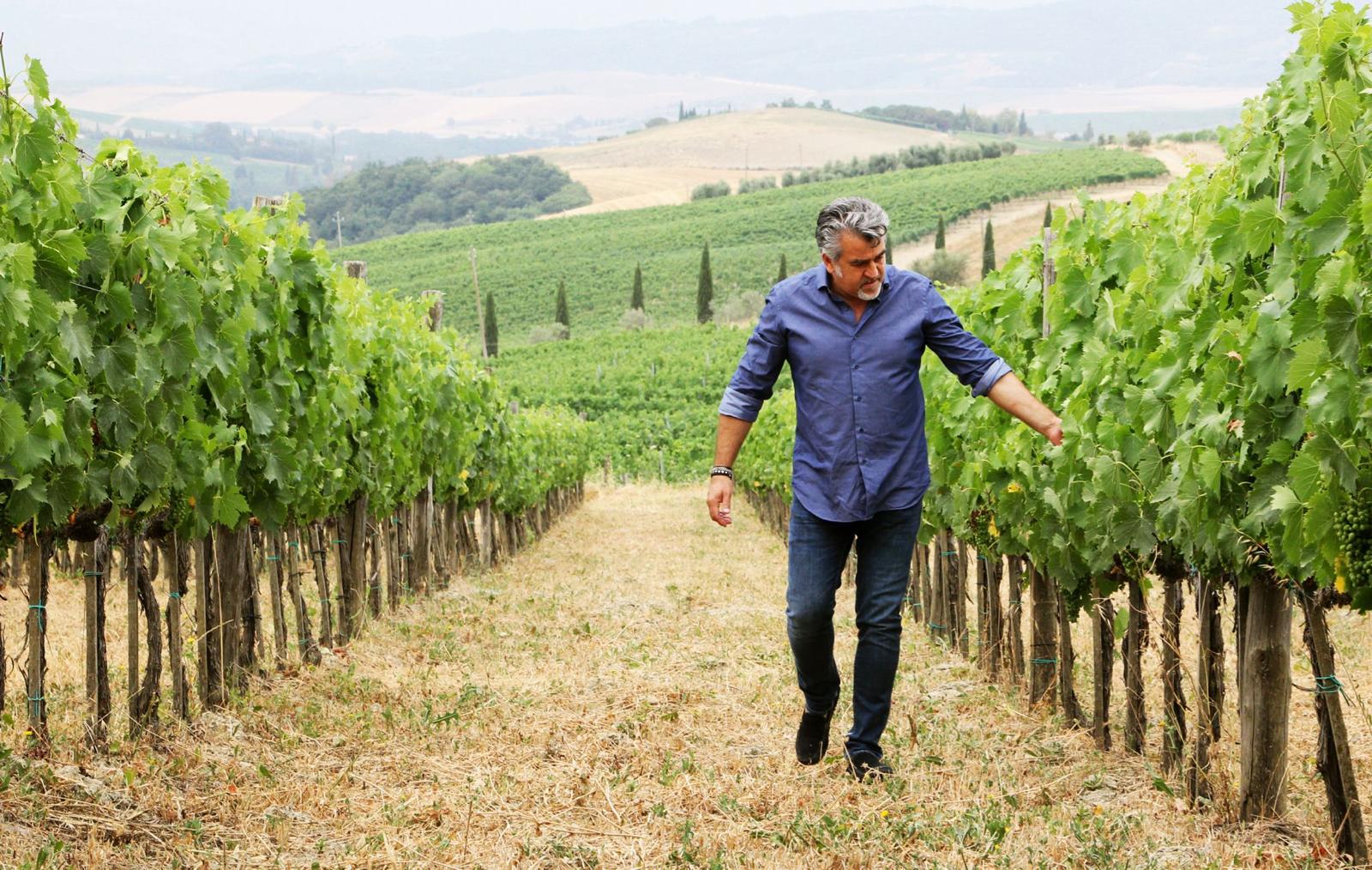
Sangiovese has a thin skin and a rich aromatic profile. Its wines reveal notes of cherry, violet, and red berries, along with hints of spice and earthiness.
Its defining feature is the ability to “speak” the language of terroir. On clay soils, it produces structured, full-bodied wines; on sandy soils, lighter and more fragrant ones; while on rocky slopes, it delivers minerality and refined elegance.
“Sangiovese is not one single flavor, but a thousand voices of the land united in a symphony of wine.”
Chianti Classico — Tuscany’s most famous wine, where Sangiovese shows its lively fruit and crisp acidity.
Brunello di Montalcino — a monumental wine made exclusively from Sangiovese Grosso, capable of aging for decades.
Vino Nobile di Montepulciano — a harmonious and elegant interpretation of the grape.
Sangiovese also plays a key role in blends with Cabernet Sauvignon and Merlot, giving birth to the so-called “Super Tuscans”, wines that revolutionized Tuscan winemaking.
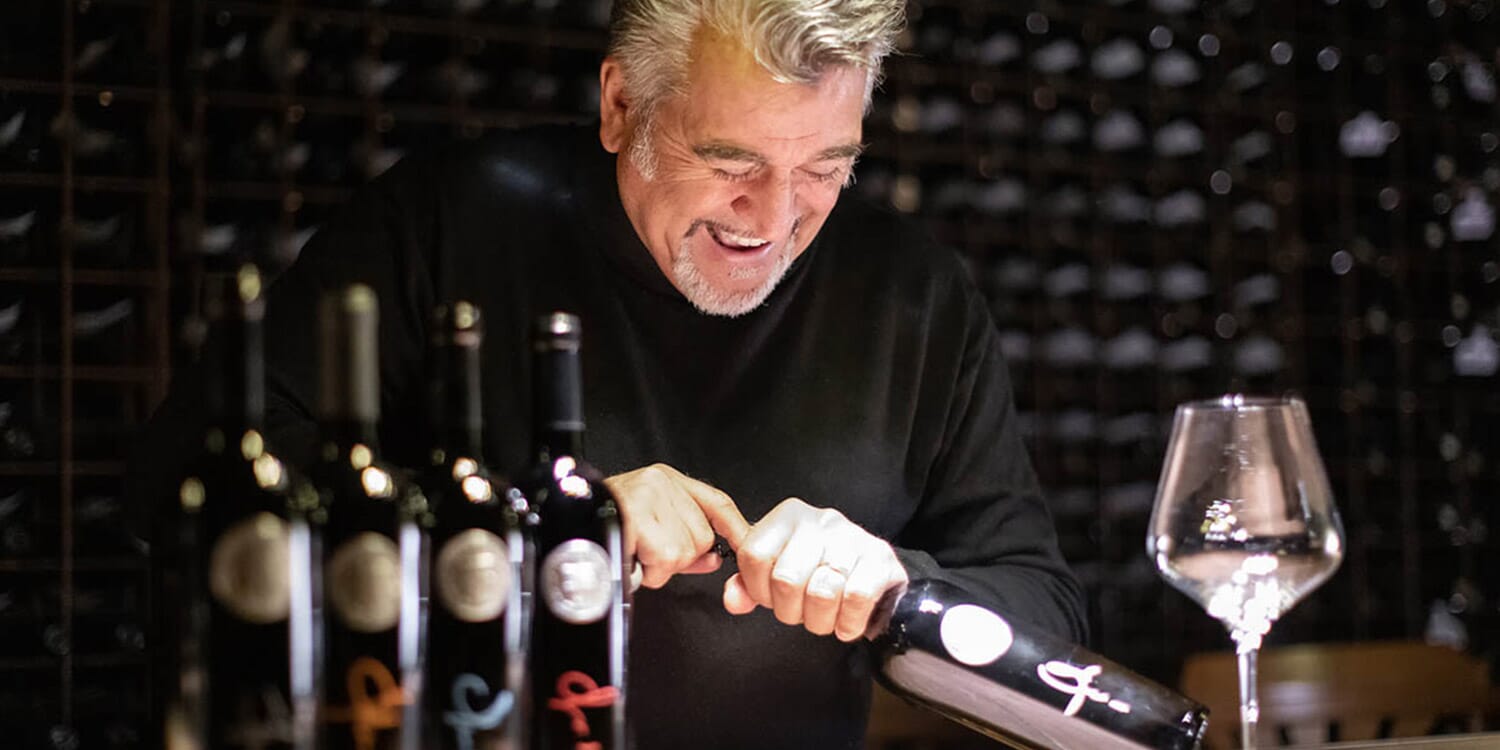
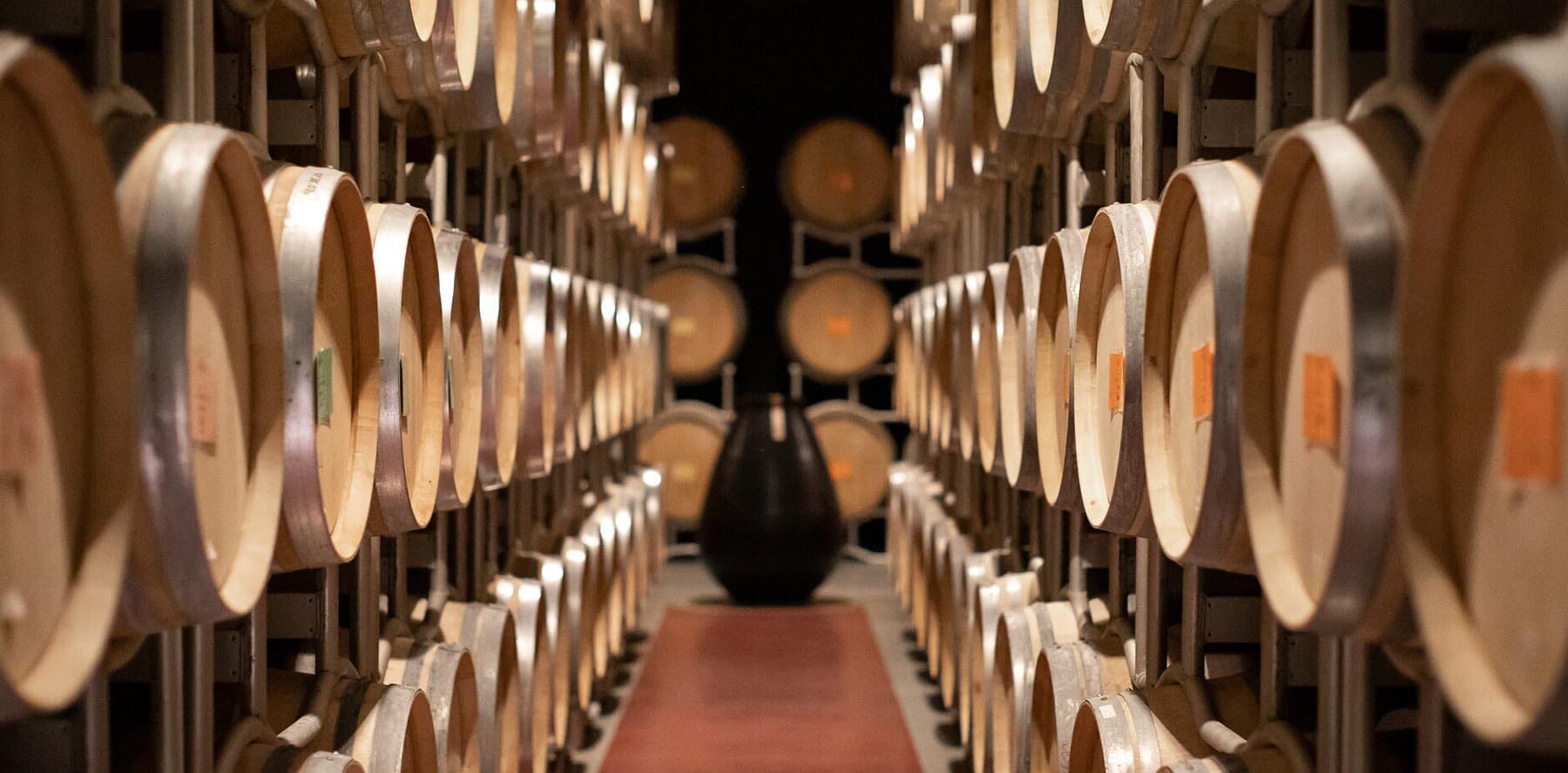
Sangiovese is more than a grape; it is cultural heritage. It unites the traditions of rural farming with the prestige of great estates.
Today, it is cultivated beyond Italy — in California, Argentina, and Australia — but Tuscany remains its true homeland.
Sangiovese is the soul of Tuscany and the pride of Italy. Its versatility and deep connection to the land make it an eternal symbol of harmony between nature and humanity.
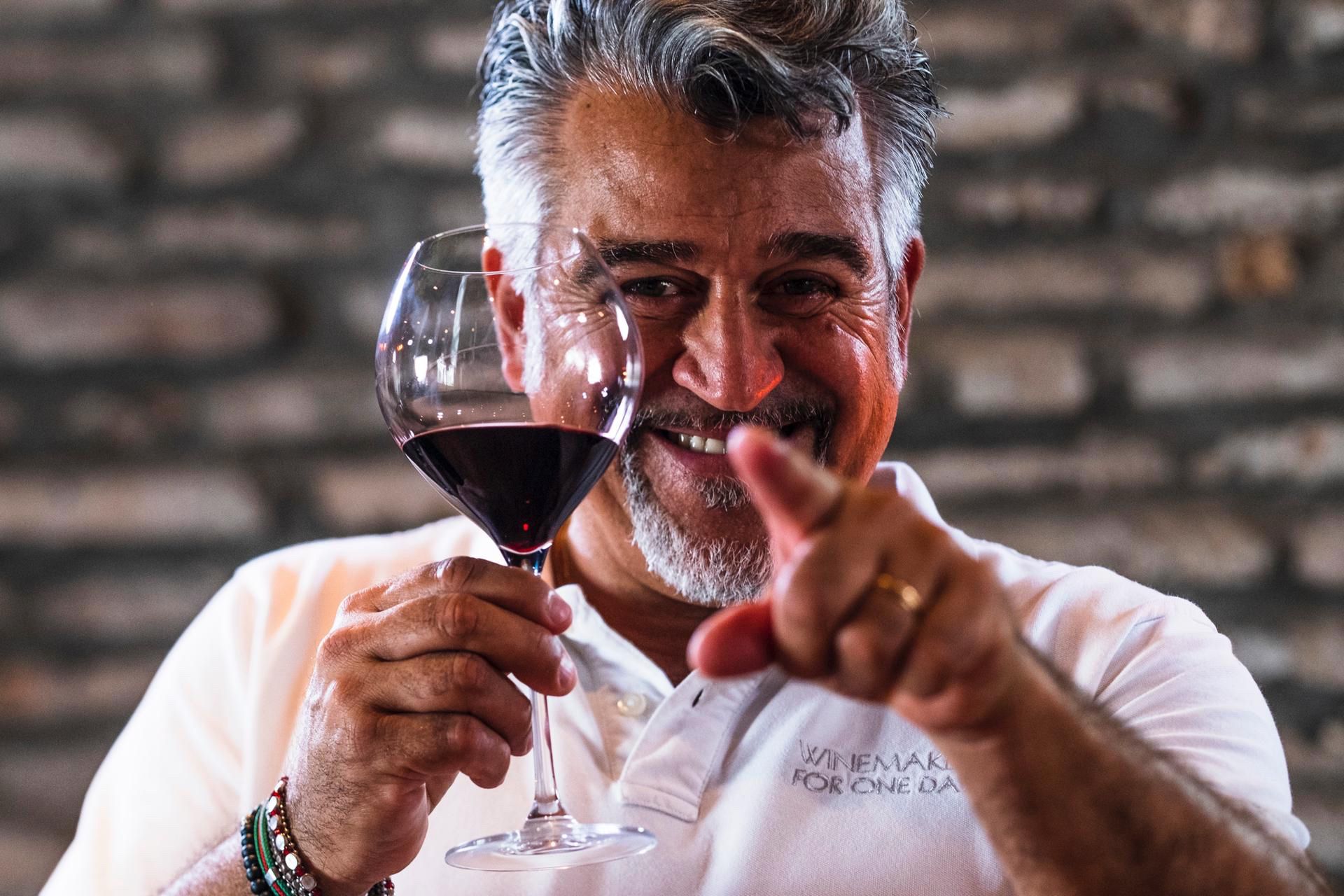
Roberto Cipresso
Wine Consultant, and Author. Expert in terroir viticulture.
